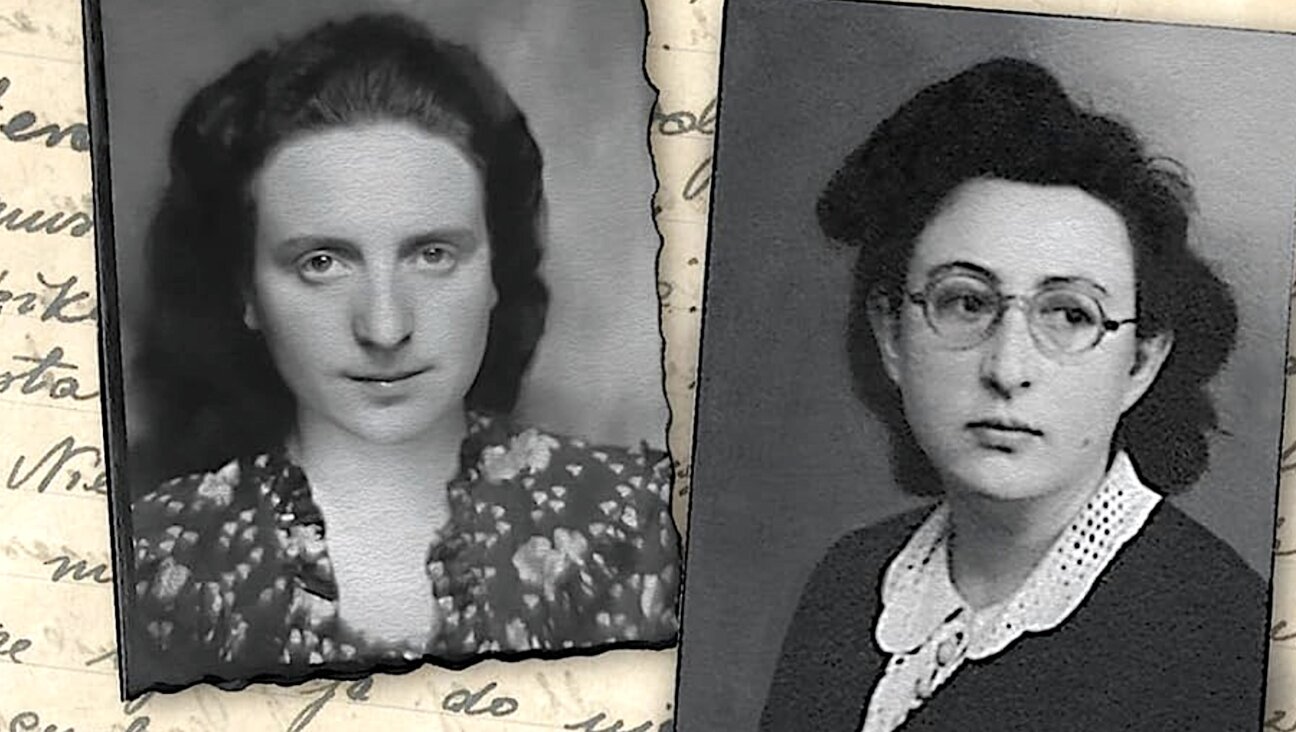Hours of Catherine of Cleves: for 15th century Jews, First the Good News…
A few weeks ago, at an absorbing lecture offered as part of the Morgan Library’s “Demons and Devotion: The Hours of Catherine of Cleves” exhibit which opened January 22 and runs through May 2, the art historian James Marrow explained the exquisite imagery found in the 15th-century Dutch illuminated manuscript on view. Included are such Old Testament scenes as The Judgment of Solomon; The Gathering of Manna; and Israelites Eating the Passover Meal. The exquisite exhibit catalog from Abrams Publishers contains these and related images, as well as essays by Marrow and other experts.
After the lecture, I asked Marrow, who is Professor Emeritus of Northern Renaissance Art at Princeton University, whether the dignified Old Testament Jews depicted so exquisitely in “The Hours of Catherine of Cleves” were indeed thought of as Jews by the book’s 15th-century artists and readers, or whether they were merely subsumed into the New Testament story. Marrow replied that the latter is the case, adding that “when Jews were directly depicted, that’s when the trouble started,” alluding to the notoriously antisemitic imagery in which Jesus is tormented with surreal schadenfreude by Jews.
In books like “The Hours of Simon de Varie,” “Pictorial Invention in Netherlandish Manuscript Illumination of the Late Middle Ages,” and others, Marrow details how antisemitic Passion tracts of the day (describing the Crucifixion and surrounding events) inspired ferocious visual imagery which portrayed Jews as animalistic heathens. As antisemitism is a major theme of Northern Renaissance art, it is important that Jewish art historians like Marrow, following in the footsteps of mighty German Jewish predecessors like Max J. Friedländer and Erwin Panofsky lavish their expertise on this artistic epoch.
Marrow has also encouraged a new generation of younger scholars, now in mid-career, including Professors Jeffrey Hamburger, author of “The Rothschild Canticles” and Joseph Koerner, author of “The Reformation of the Image,” both of Harvard. A startlingly varied and innovative manuscript like “The Hours of Catherine of Cleves” veers so wildly between time-honored prejudice and radiantly original beauty that it requires learned, wise commentators like Marrow and his colleagues to interpret it.
To see architect Renzo Piano’s 2006 renovations of The Morgan Library & Museum, click here.






















